Top workflow management tools
A lot of organizations use workflow management tools to help them create and optimize their workflows. The best workflow management tools can help you track, control, and coordinate your workflows, and in some cases, automate tasks that used to be completed manually.
This tool lets you define workflows and set up rules for automatic processes. It also integrates with existing enterprise systems to route tasks.
Depending on your workflow management tool, you can easily drag and drop elements to customize your workflows without knowing how to code. You can also build forms to collect data and funnel the information into your systems, use a workflow engine to make decisions, create reports, and use a self-service portal to make requests and manage workflow tasks.
If you’re interested in using a workflow management tool, here are the ten best workflow management tool packages:
What are workflow management tools?
Workflow management tools are software solutions designed to help organizations create, track, and optimize their workflows. A workflow is a series of tasks or processes that must be completed in a structured manner to achieve a specific goal. These tools visually represent workflows, automate repetitive tasks, and ensure seamless collaboration among team members.
Overview of workflow management tools
Though all workflow management tools are different, they should include some, if not all, of these features to help you manage your business processes more easily.
Robust integrations
If your workflow management system can’t integrate with other cloud-based applications, it’s going to be more ineffective than not having one at all. Integrating with other systems—everything from project and data management programs to customer relationship management (CRM) systems and file-sharing platforms—will ensure your processes flow together seamlessly.
Low-code or no-code platform
One of the biggest challenges to implementing any type of workflow or business process in your company is getting everyone — regardless of technical skill or experience — on the same page with the technology your workflow tools use. Fortunately, low-code and no-code systems can help with that by making it easy for anyone to understand and use the software.
Automated approval workflows
Without a proper approval system, you’ve undoubtedly experienced your share of bottlenecks in business processes, whether it was a lost time-off request or a late reimbursement check. However, through an automated approval process, not only will you save time and frustration, you’ll also consistently increase productivity, save money, and ensure compliance with processing standards.
Notifications
Though they can be annoying — and make us feel like we’re always “on” — notifications and alerts are vital to workflow tools and those who use them. By setting up a notification system, you can remind yourself and others of upcoming deadlines or ping your managers with a request they need to approve. Notifications help you manage your tasks, take action immediately, and communicate more quickly with your team.
Top 10 workflow management tools
Now that you know some of the features that workflow management tools should include, here are ten tools on the market you can check out.
1. Integrify
Integrify workflow management software can be installed on-premises or in the cloud. If you choose an on-premises deployment, it works with macOS, Windows, and Linux.
Using Integrify, you can design customizable forms, collect and analyze data, route documents and requests, and share dashboards with your colleagues, resulting in a more streamlined workflow management system. Plus, thanks to its self-service portal, employees will benefit from your improved workflows, and your customers and vendors can. The portal gives everyone visibility into the pipeline — what teams are working on and what’s next for everyone.
Integrify uses an open API to integrate with enterprise applications like enterprise resource planning and customer relationship management (CRM) systems.
2. Jotform
No matter your industry or department — marketing, sales, or IT — online form builder Jotform can help you automate your workflow processes across your organization with a completely code-free platform. When you base your workflow on Jotform’s customizable and powerful forms, it’s easier to collect information, track data, and facilitate processes. For example, you can use table templates from Jotform Tables to analyze data and create centralized spreadsheets for each workflow.
When it comes to approval workflow processes, workflow templates from Jotform Workflows allow you and your team to quickly move forms through several levels of approval, including leave requests, budgets, or travel expense authorizations.
3. HighGear
Another workflow management software product that offers the choice of on-premises or cloud deployment is HighGear. This software allows you to create forms and automate processes, plus it generates reports and tracks time spent on workflows.
The workflows are color-coded, and you can view tasks in HighGear’s dashboard. The tool integrates with applications like Oracle, Microsoft Active Directory, Google Maps, Salesforce, HubSpot, and Symantec VIP.
4. Nintex
Next on the list to offer both an on-premises and cloud-based deployment is Nintex. This product uses a drag-and-drop interface to build workflows and map processes, and it can generate documents and create custom forms. Nintex uses APIs to connect to other business applications like human resources, IT, and CRM software packages.
5. ProcessMaker
If you’re looking for an open-source workflow management software product, look no further than ProcessMaker. It offers a drag-and-drop interface to create workflows. ProcessMaker also includes a document builder to create electronic receipts, letters, confirmations, invoices, and contracts.
ProcessMaker offers offline access, so you can fill out mobile forms and upload them after you get back online. There’s also a dashboard that shows how processes and employees are performing. The software is completely cloud-based, so you don’t have to install it on your own computers or servers.
6. Orchestly
Another purely cloud-based workflow management software platform is Orchestly. This product is geared toward helping you automate, manage, and optimize your business processes and monitor daily workflows.
Orchestly uses a drag-and-drop interface to set up workflows and monitors them using common blueprints. It also lets users access third-party apps as widgets and attach files to workflows. You can integrate the software with other apps using APIs or build your own extensions.
7. Wrike
If you want a project management software product that handles workflow management as well, Wrike may be worth considering. It lets you apply workflows to different teams, folders, and projects, and it can be installed on-premises or used as a cloud-based subscription product.
You’ll need to know some code when using Wrike, and the program doesn’t come with APIs that let you integrate it with third-party software out of the box.
8. Asana
Another project management package that includes workflow management is Asana, which lets you set up workflows within the software. A cloud-based service only, it includes third-party integrations with a variety of programs, including Salesforce, Adobe Creative Cloud, Slack, Dropbox, and Jotform. While it’s not a no-code product, you can build workflows using its drag-and-drop capabilities.
9. Kissflow
More than 10,000 companies use Kissflow, a trusted, low-code solution to build and manage workflows, all from one database. The solution offers a simple interface, tons of integrations, and drag-and-drop features, so you can create a convenient, user-friendly workflow system that works for your entire organization.
10. Hive
Workflow tool Hive helps you manage your projects and tasks, approval workflows, and teams as a whole with timesheets, interactive video conferencing, and collaborative notes and document sharing. And since it integrates with more than 1,000 applications — including Marketo, Zoom, and Zendesk — you’ll have everything you need to support each of your departments.
How do I choose?
The best workflow management tool for your organization depends on how you want to deploy it, what you want to integrate it with, and the workflows you plan to automate. Before you choose a product, consider how much time you want to spend coding, what features you absolutely need, and if you’re already using a project management system you love and want to extend with workflow management tool.
Photo by Redmind Studio on Unsplash



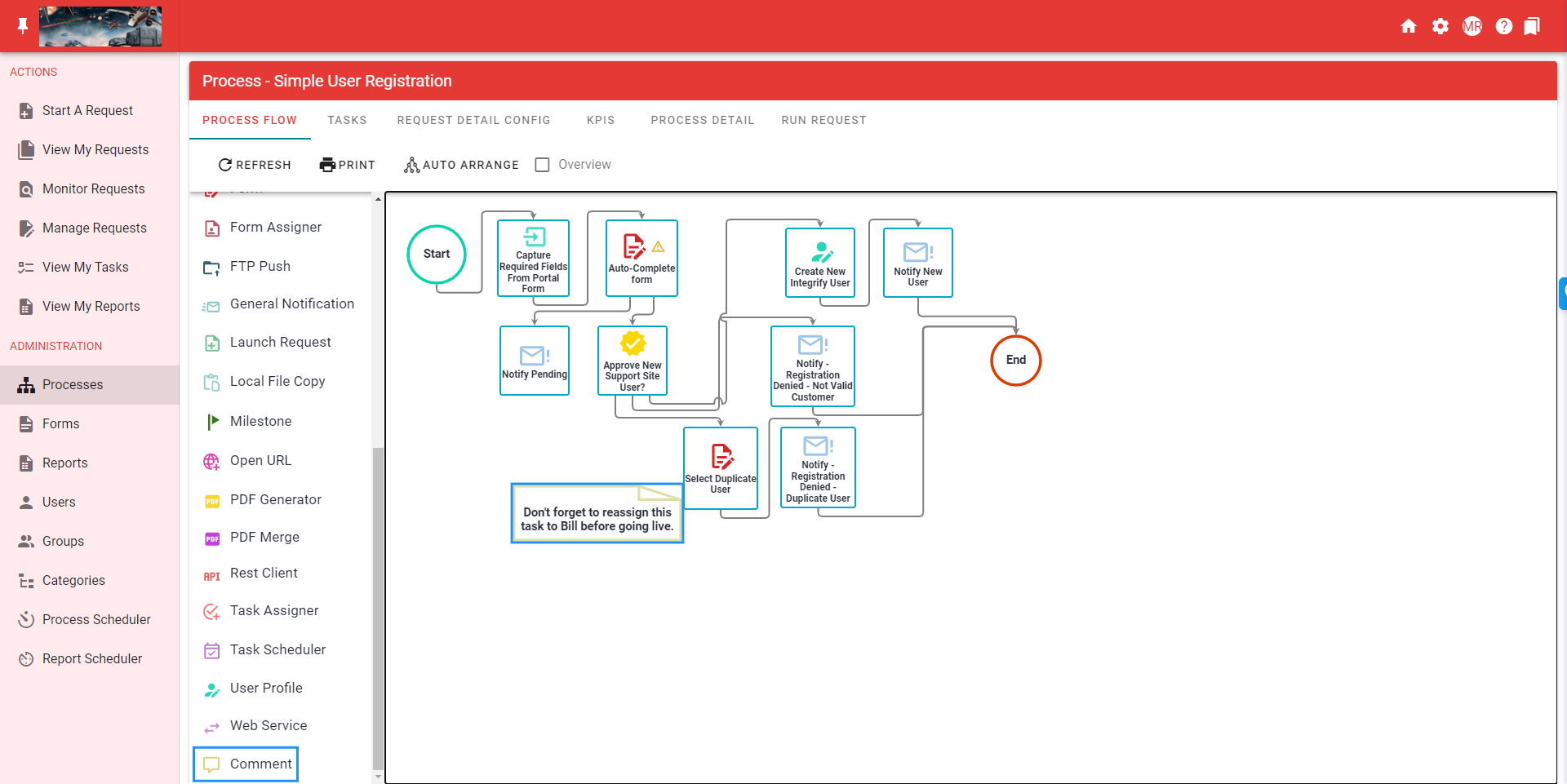

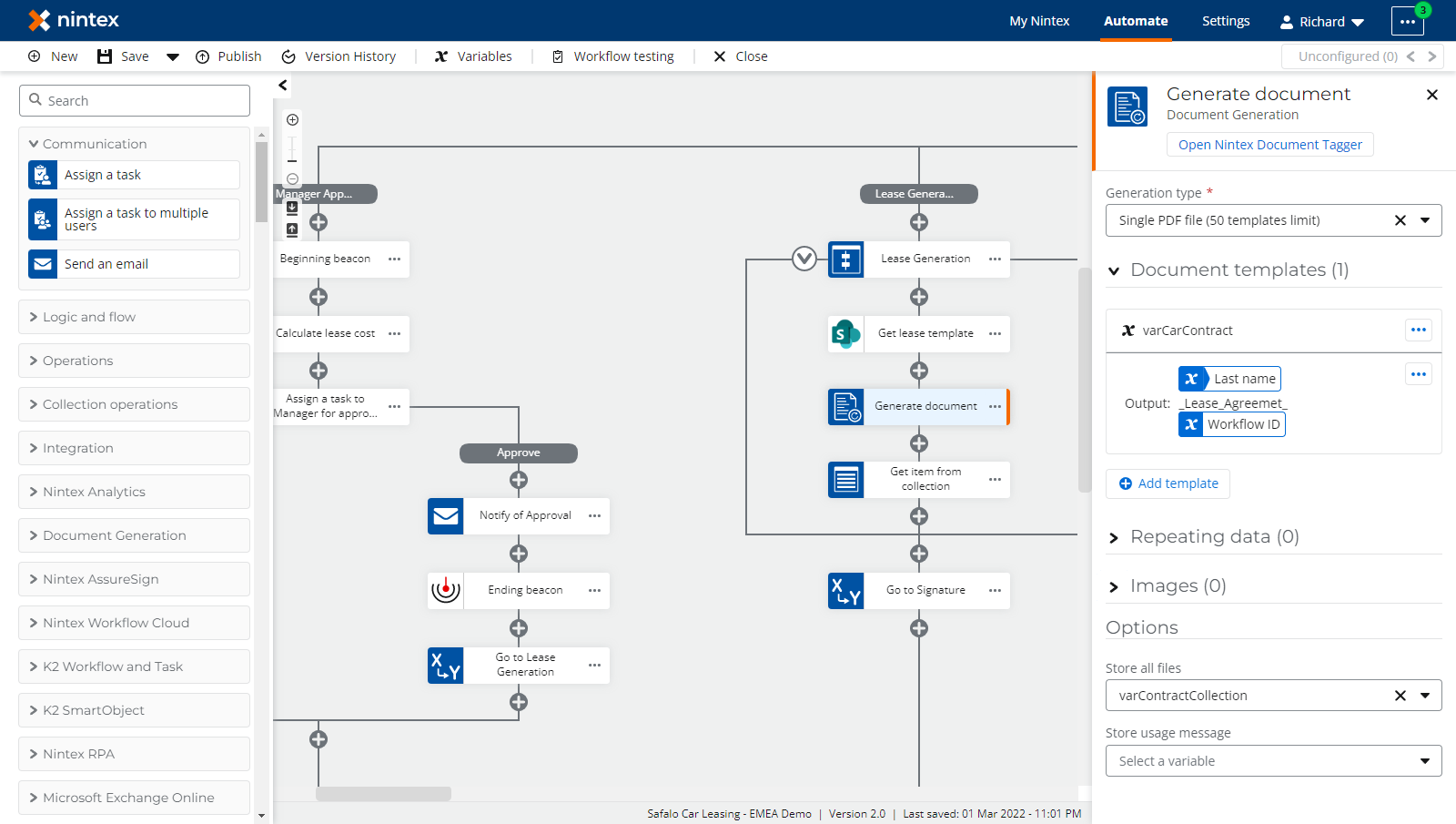
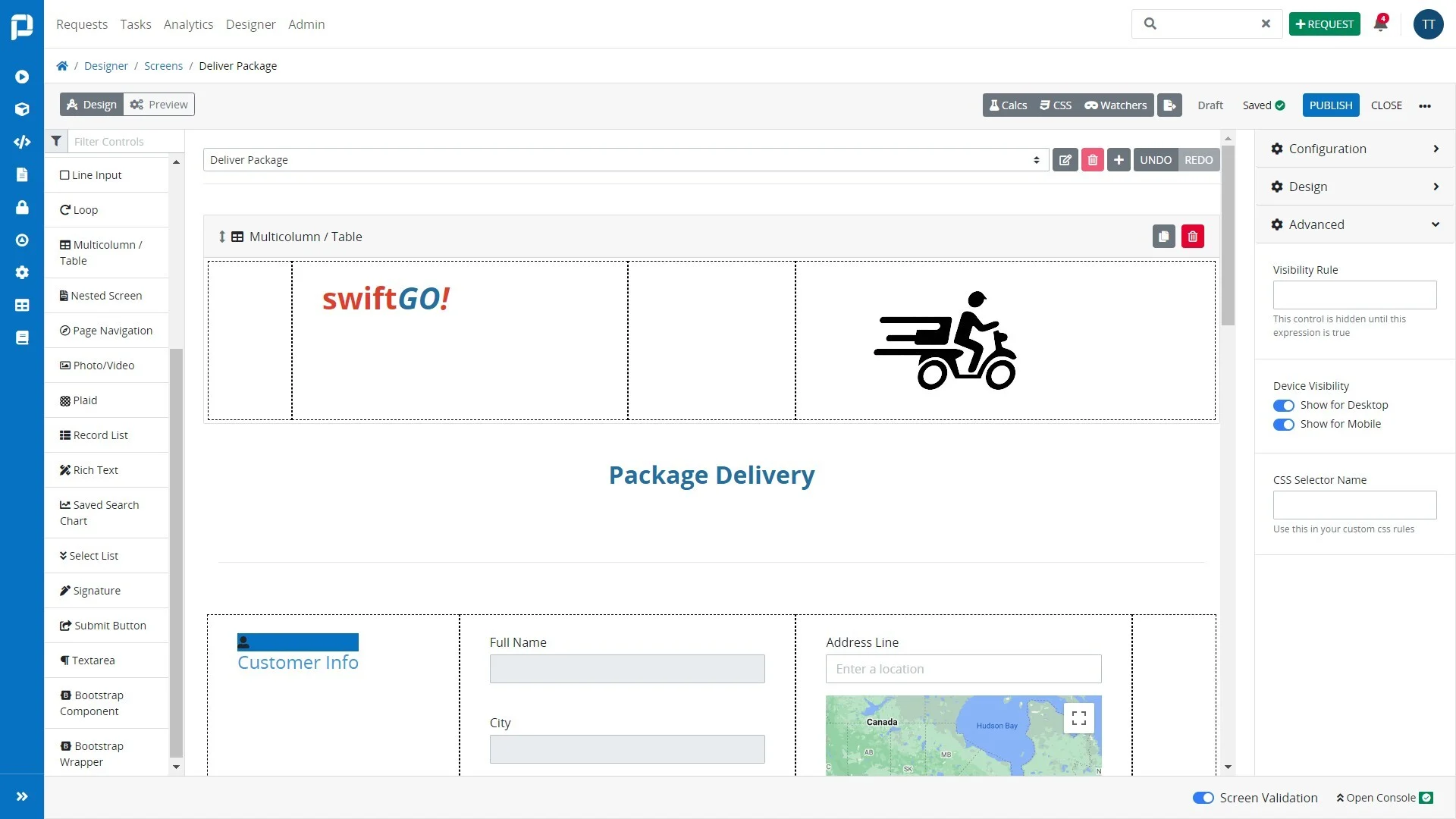
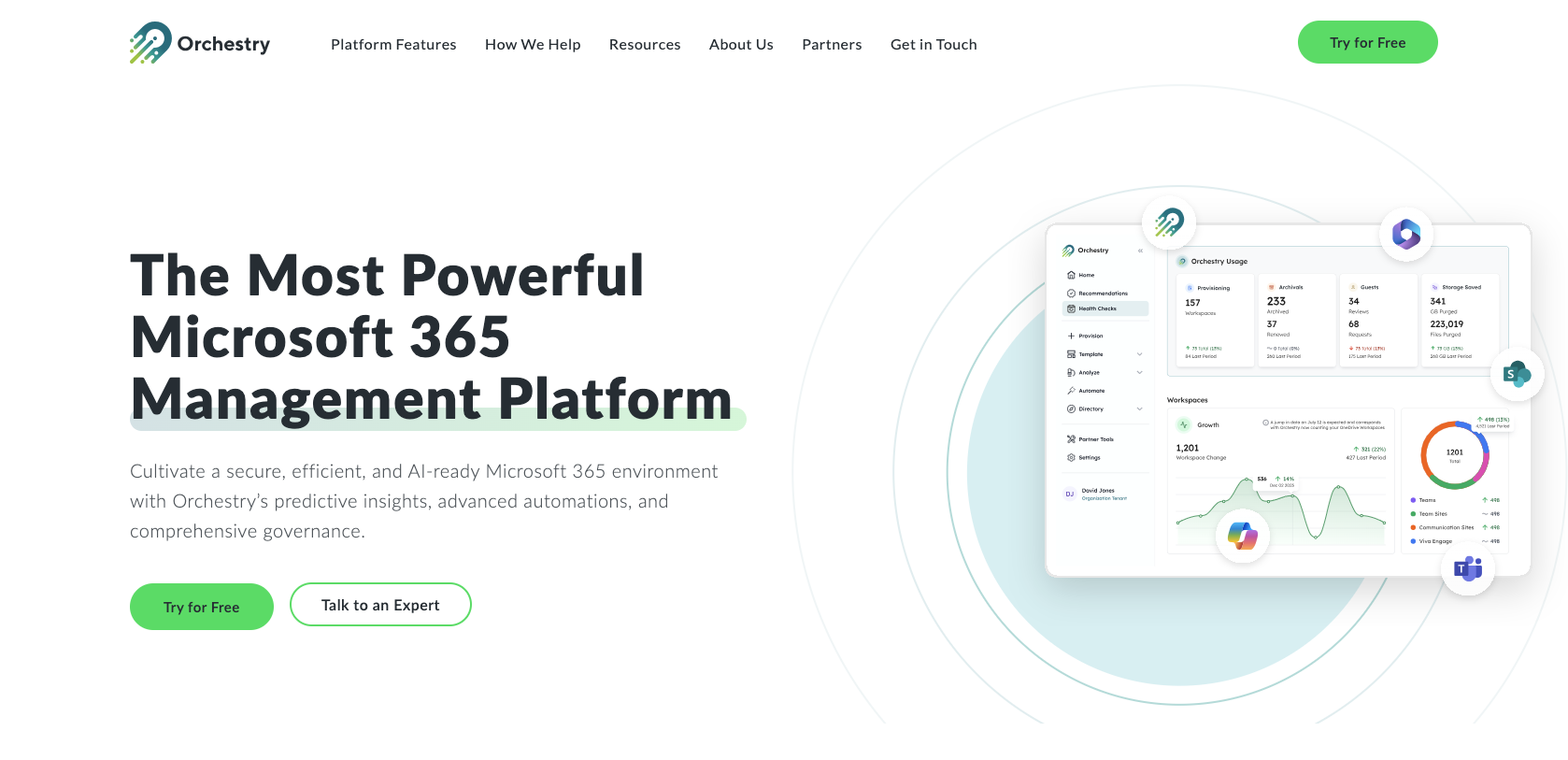
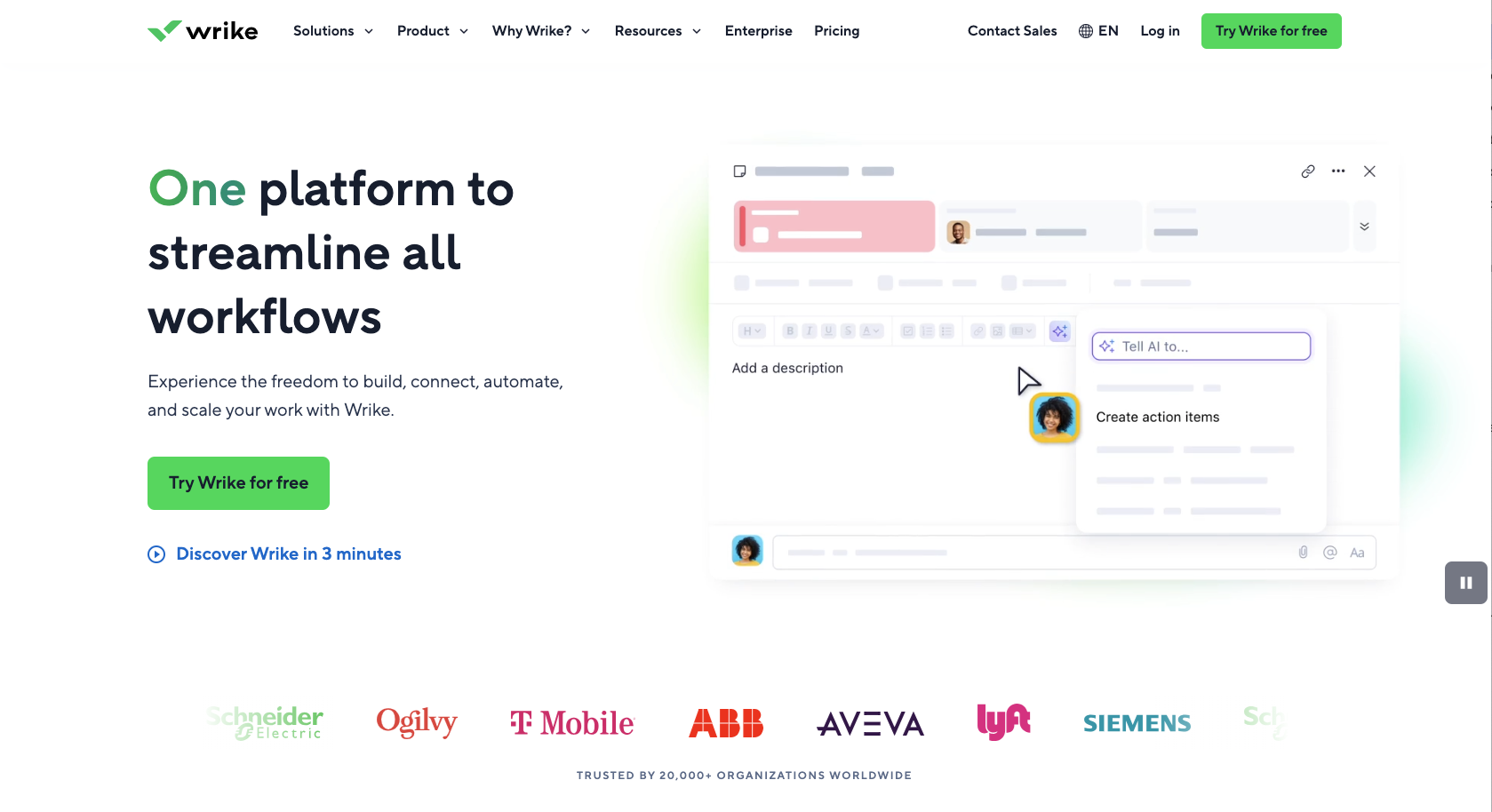


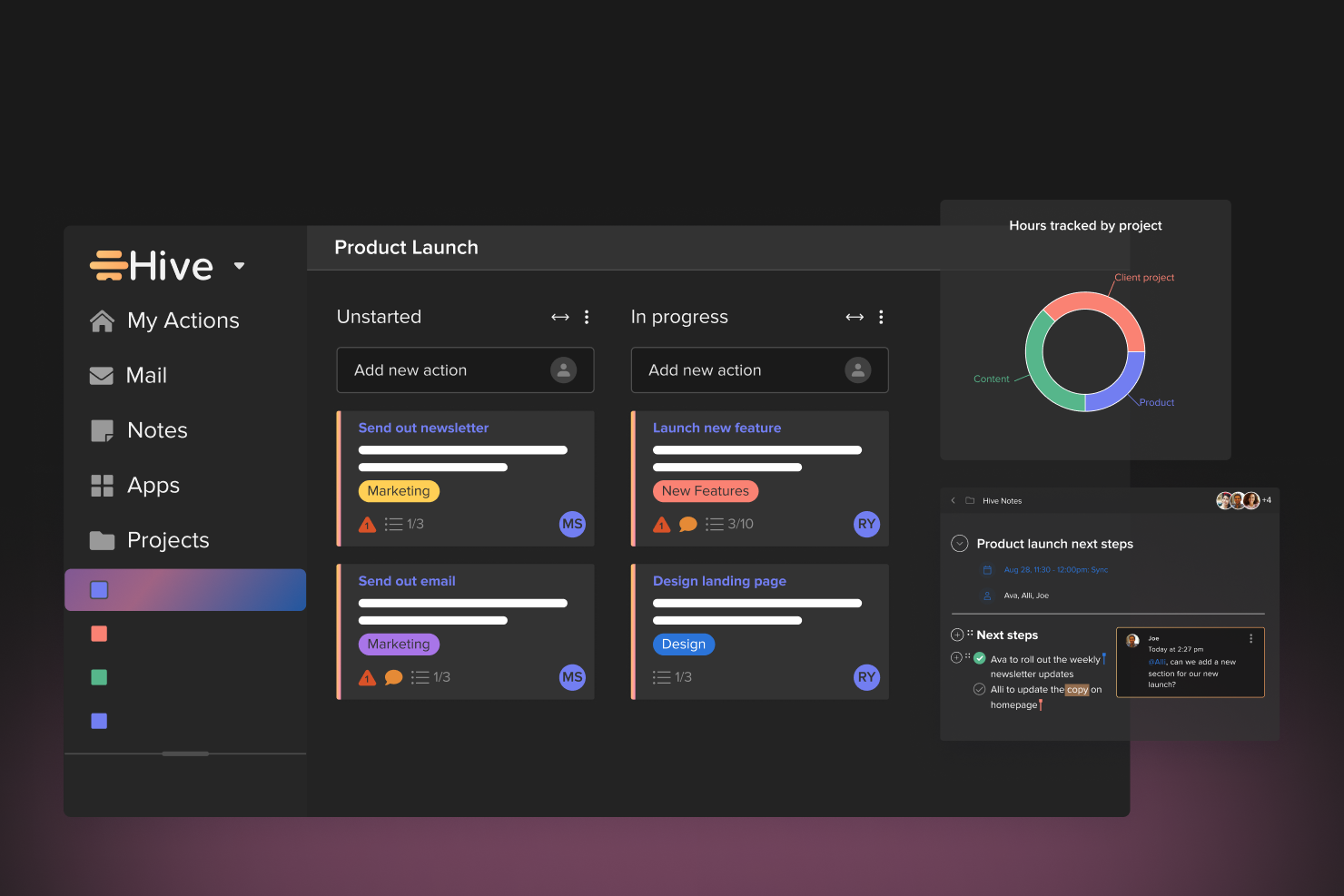












Send Comment: